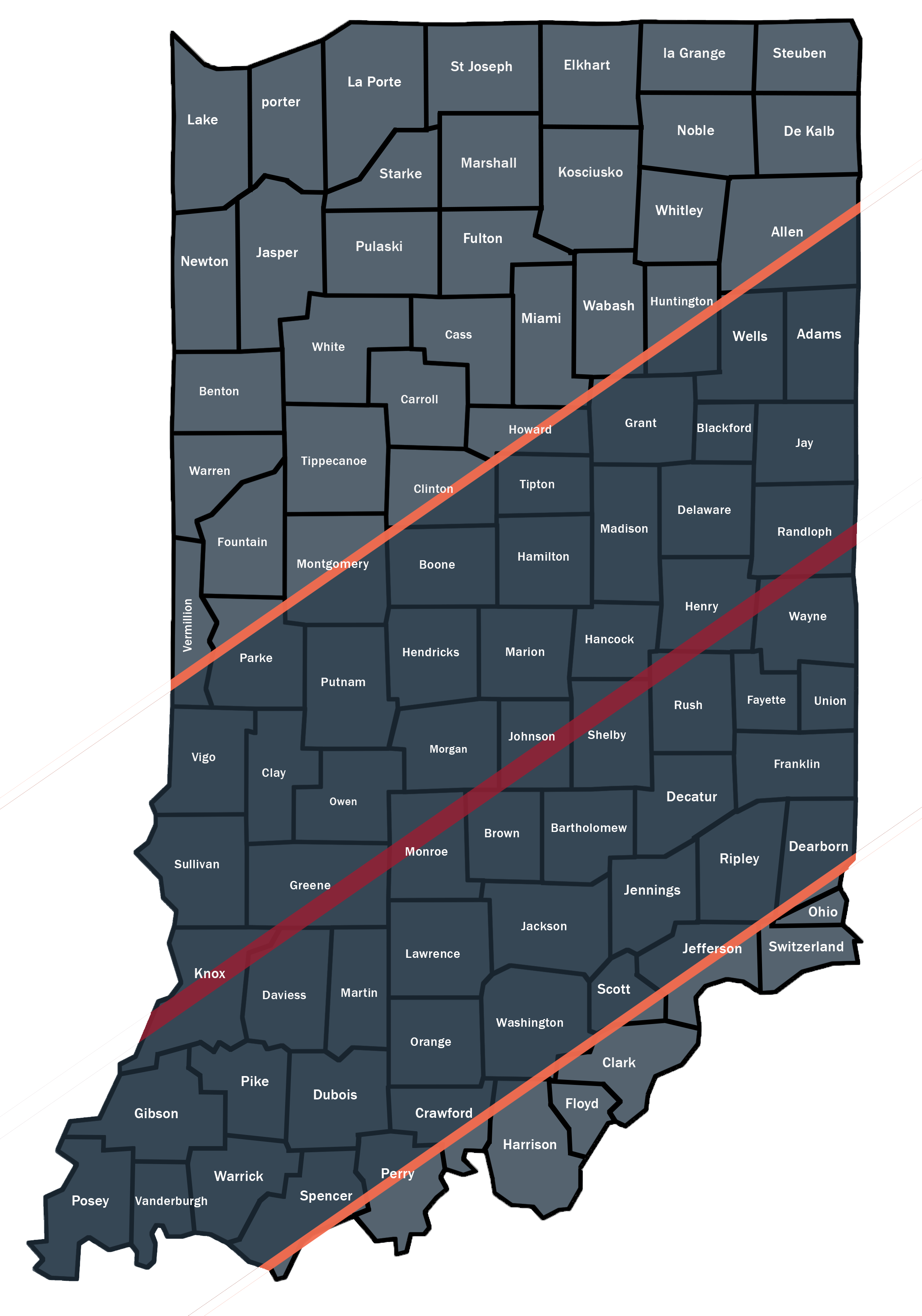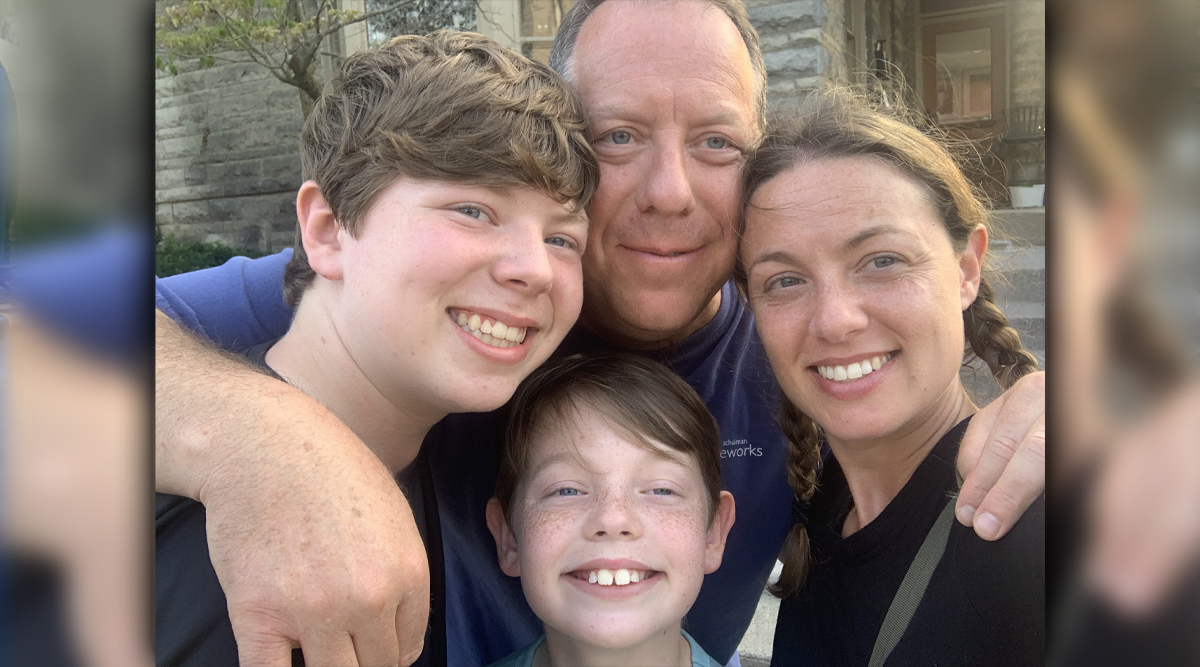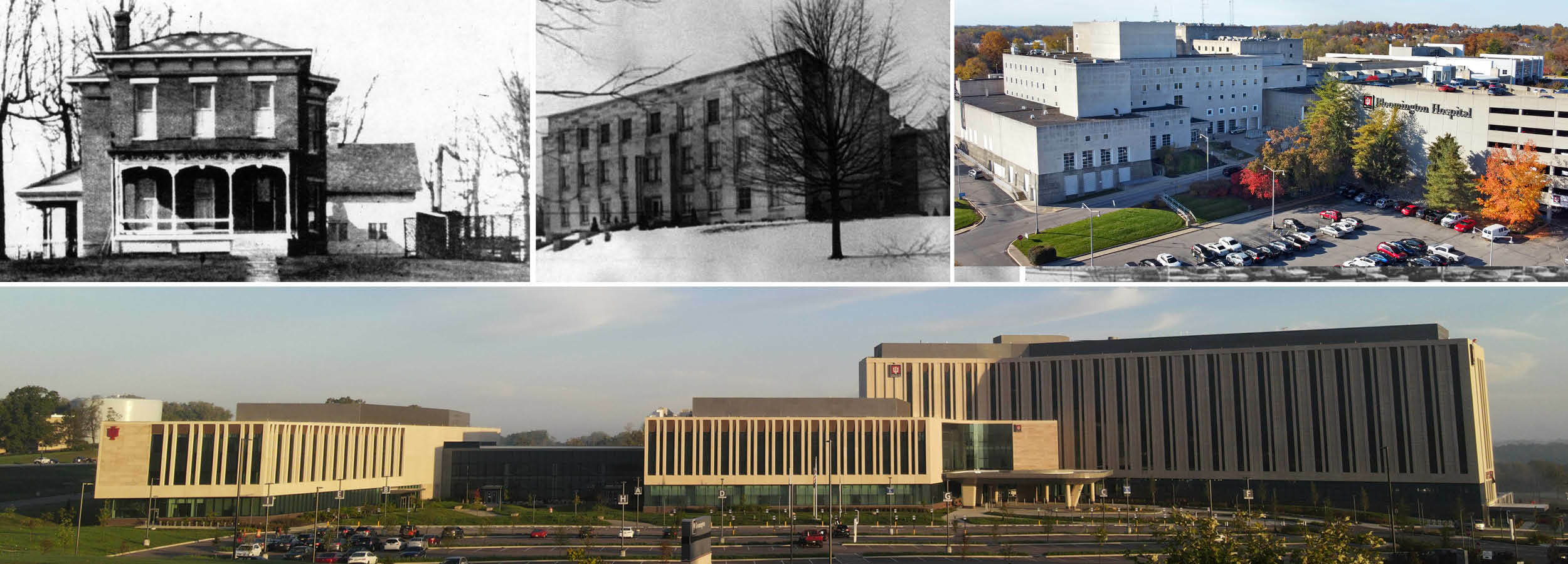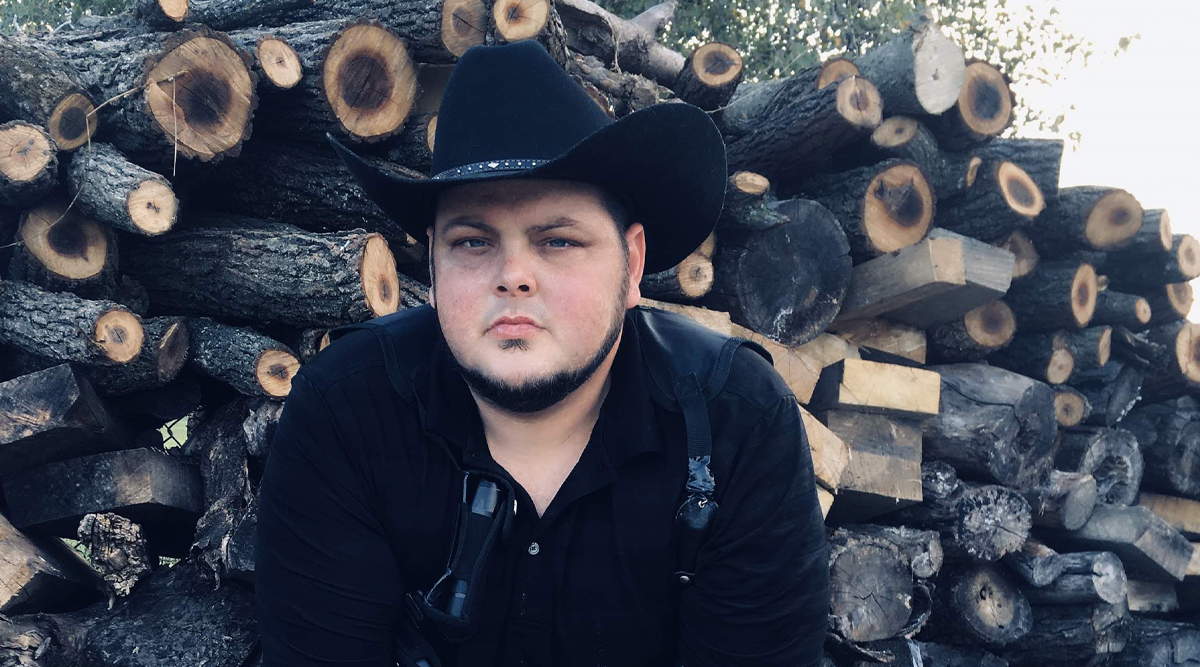He grew up in a church family of 10 and realized his spiritual calling after a fatal plane crash.
By TJ Banes, IU Health Senior Journalist, tfender1@iuhealth.org
There is so much peace when Alan Mincy plays the harp. Few would guess that it was chaos that lead to his calling as a chaplain.
He grew up in South Bend, Ind. the son of the late Mamie Wigfall Mincy and Sewonie Mincy, Sr. Alan Mincy was born the youngest of eight children including six brothers and one sister. He attended South Bend’s Washington High School and grew up a Notre Dame football fan. After high school Mincy attended Indiana State University where he earned a Bachelor of Science degree in economics and a Master of Public Administration degree. He went on to attend Moody Bible Institute in Chicago where he completed a graduate certification in Biblical Studies, and Liberty University where he obtained a master’s degree in divinity.
“My parents and church family ingrained in me at a young age the value of caring for others because they are human beings created in the image of God,” said Mincy, who said church was a place to grow spiritually and socially as he met new friends.
It was a devastating plane crash that ultimately led to Mincy’s spiritual calling.
Three decades ago, Mincy was working for USA Group as a loan guarantor, traveling the country conducting financial aid workshops on college campuses. On one trip to Houston, Tx. a last-minute flight change also changed the course of Mincy’s life. His original flight left Indianapolis and was headed to Chicago when it was placed in a holding pattern due to inclement weather. Ice formed on the plane’s wings. Two minutes after taking off, the plane crashed in a field in Roselawn, Ind., killing all 68 people on board.
“My coworkers were unaware of the fight change until I arrived in Houston and they assumed I had suffered a horrific death on flight 4184. When I called the office, they were shocked and told me about the plane crash,” said Mincy. His initial reactions were disbelief, followed by sadness for the people on board and confusion about why he had been spared.
“I felt incredibly thankful to be alive. I had no idea what my future occupation would be after that, but I knew in my heart that God had kept me alive for a reason, and I believed that my purpose was to dedicate my life to helping people in trauma,” said Mincy.
His mother worked at St. Joe Regional Medical Center in South Bend for 40 years, so Mincy was familiar with the hospital setting.
He completed his internship and residence with IU Health Methodist, University and Riley Hospital for Children in 2019-2020 and worked as a part-time resource chaplain. Four years ago he became a full-time chaplain for the State of Indiana Department of Correction working in Plainfield, Ind. In 2022 he became a full-time staff chaplain at IU Health Methodist Hospital.
As a result of his religious upbringing and the influence of his parents, Mincy said he has cultivated an inner channel of compassion that allows him to inspire and support others.
“My family was not one to openly discuss feelings and emotions, so I grew up talking very little about them. However, I felt at ease sharing my feelings with my parents, especially my mother. I was the youngest; she always called me her baby son. That made me feel loved and appreciated on the inside,” said Mincy.
“On the other hand, my parents grew up in the segregated South between the 1920s and 1950s,” said Mincy. His parents moved to South Bend in 1953 where his father worked in construction. “When I was a child, my parents shared many stories about the hardships they faced – growing up in the South, where their first job consisted of working on a farm and picking cotton. During that time, they were subjected to the horrors of racism, during which they were frequently called obscenities, including the ’N’ word, which was highly offensive.” They went on to celebrate 70 years of marriage in June of 2020. Mincy’s mother died in October of that year and his father died two years later.
Throughout his life, Mincy said he’s always been involved in outreach services to help others, including providing food for shelters and joining his church choir on community outings. He also played saxophone in his high school band and bass guitar in a rhythm and blues band with is older brothers. As an avid reader of scriptures, Mincy found solace in the book of Psalms and began noticing a repeated reference to the harp as a therapeutic instrument thousands of years ago.
“I began listening to harp music for self-care and soon after I wanted to learn to play the harp and share the soothing and relaxing effects,” said Mincy. Only a few short month ago, he began taking lessons with Christy-Lyn, an online teacher and has already had public performances at a nursing home, IU Health special events, and a family church.
He specifically performs on a 34-strong “Music Makers” versatile harp designed for both a concert stage and at home. His harp is “Angelite Blue,” because blue is his favorite color. He eventually hopes to incorporate his harp into his chaplaincy by become certified through “Harps for Healing.”
“I like everything about hospital chaplaincy. I believe hospital chaplaincy is my spiritual calling because it allows me to care for people who have experienced trauma. This can involve providing a listening ear, emotional support, and a compassionate presence,” said Mincy. “I believe one of my greatest strengths is maintaining composure with individuals during trying and traumatic circumstances. These result from the characteristics that make up my personality. I think of myself as a calm and sympathetic person, and it brings me great satisfaction to help others feel genuine love, safety, and security. I am quick to listen, slow to speak, and slow to get angry. My personality impacts how I care for patients and family members.”



